
3D Art Puzzle Game – Unique Training for Perception & Memory
We are proud to highlight another exciting brain-flexing puzzle game, 3D Art Puzzle! It’s as gorgeous as it is engaging! This entertaining addition will help you train some of your most important cognitive abilities! Let’s take a closer look at how it works and what you can gain from it.
ABOUT OUR BEAUTIFUL PUZZLE GAME
The main goal of this 3D art puzzle game is to move a collection of geometric shapes within a 360-degree space. You keep rotating in different directions until you uncover the image hidden in the shapes. There are many different levels with varying difficulties, all with increasing complexity of colors and shapes.
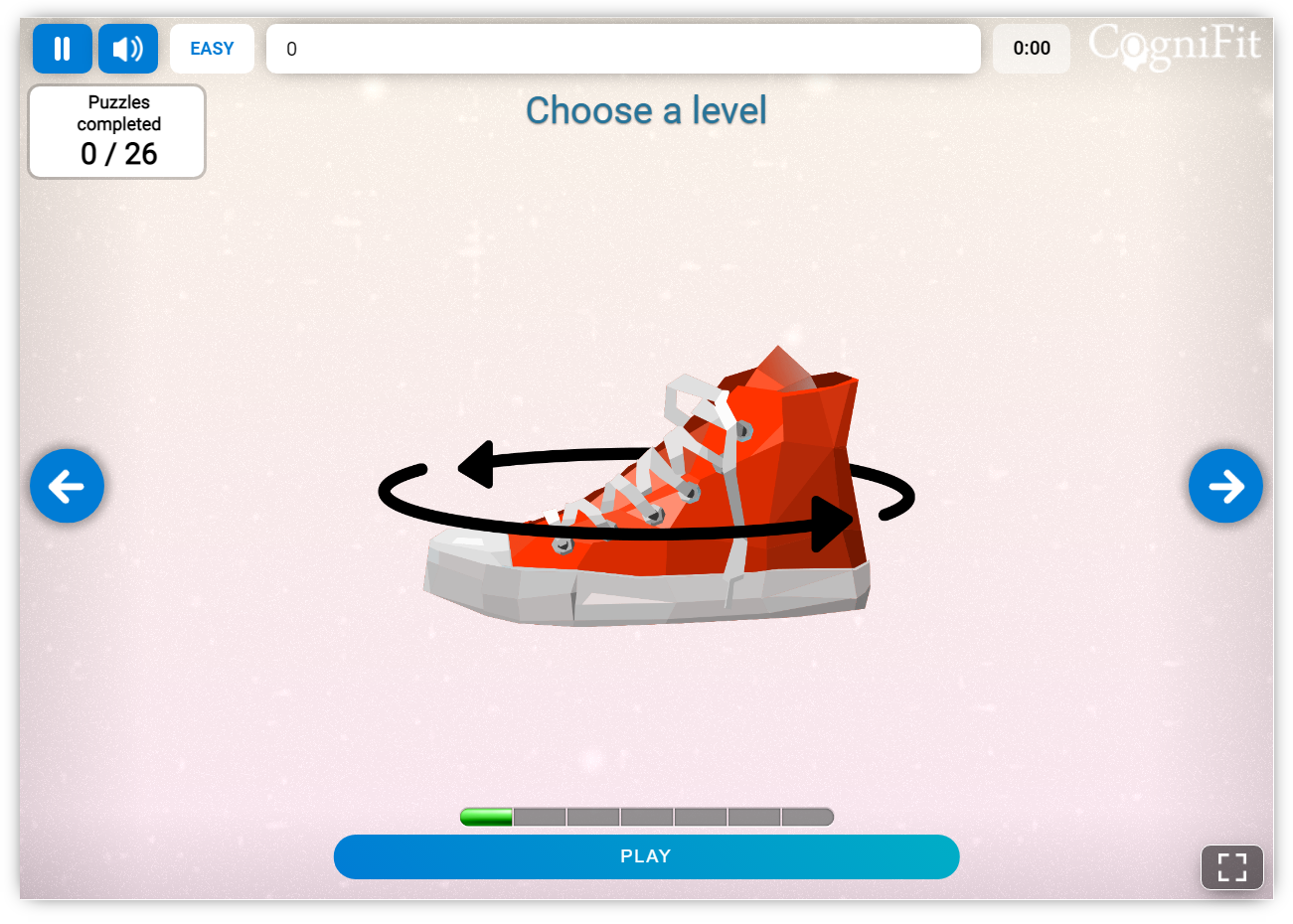
But don’t let the simplicity of this game fool you. The first few levels have a simple collection of shapes. Also, there are only a handful of shapes and a few colors. As you progress through the levels, the game can become a fun challenge for even the most advanced puzzle master!
HOW TO PLAY THE GAME
When you start each level, you will see what appear to be random shapes in different colors.
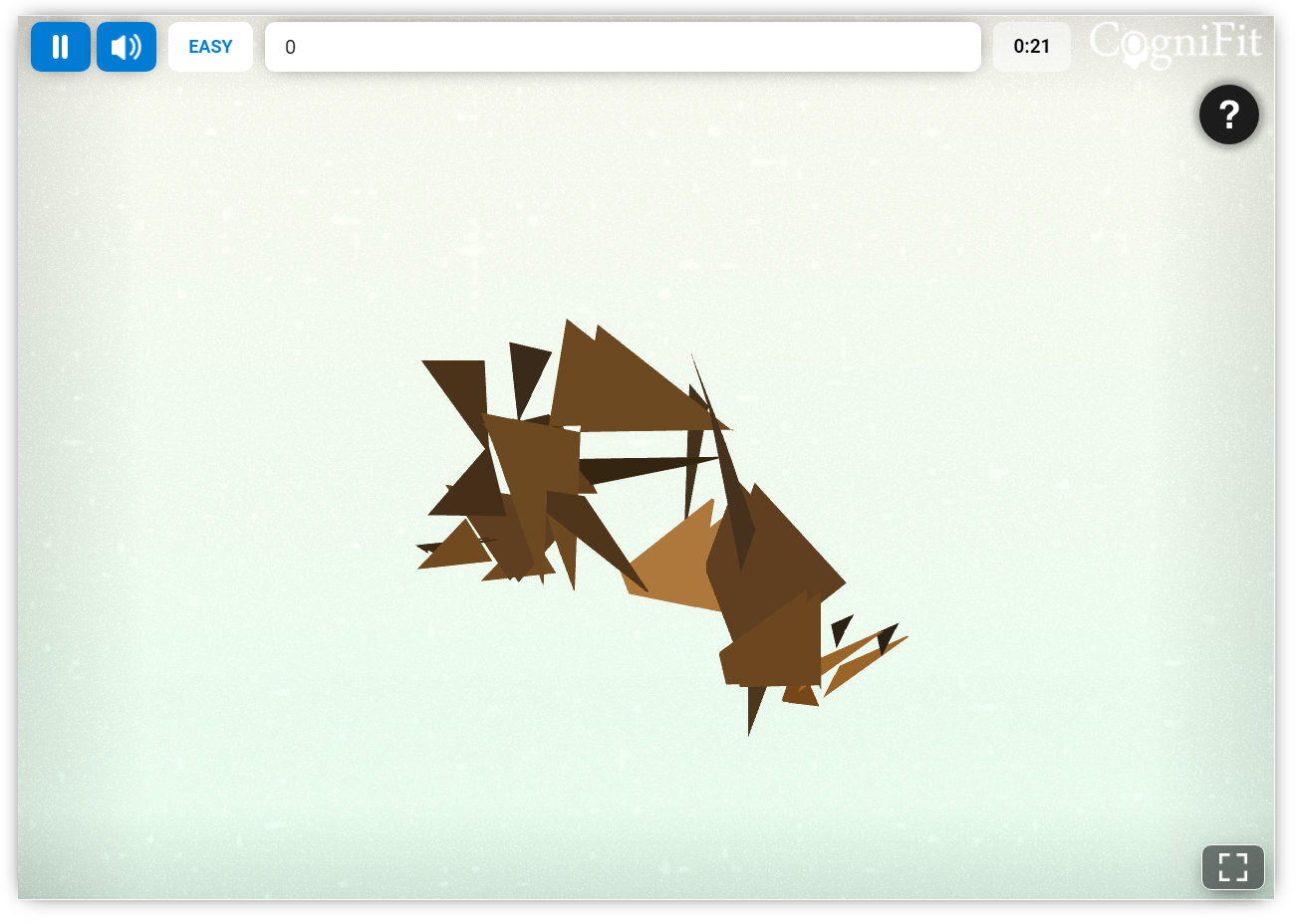
You move this geometric collection up and down or left and right around a central axis. Eventually, you will start to see an image hidden in the shapes.

Keep moving the shapes to understand how they sit in relation to one another. It won’t be long until you notice patterns in their placement. All of this can help you to find the final image.
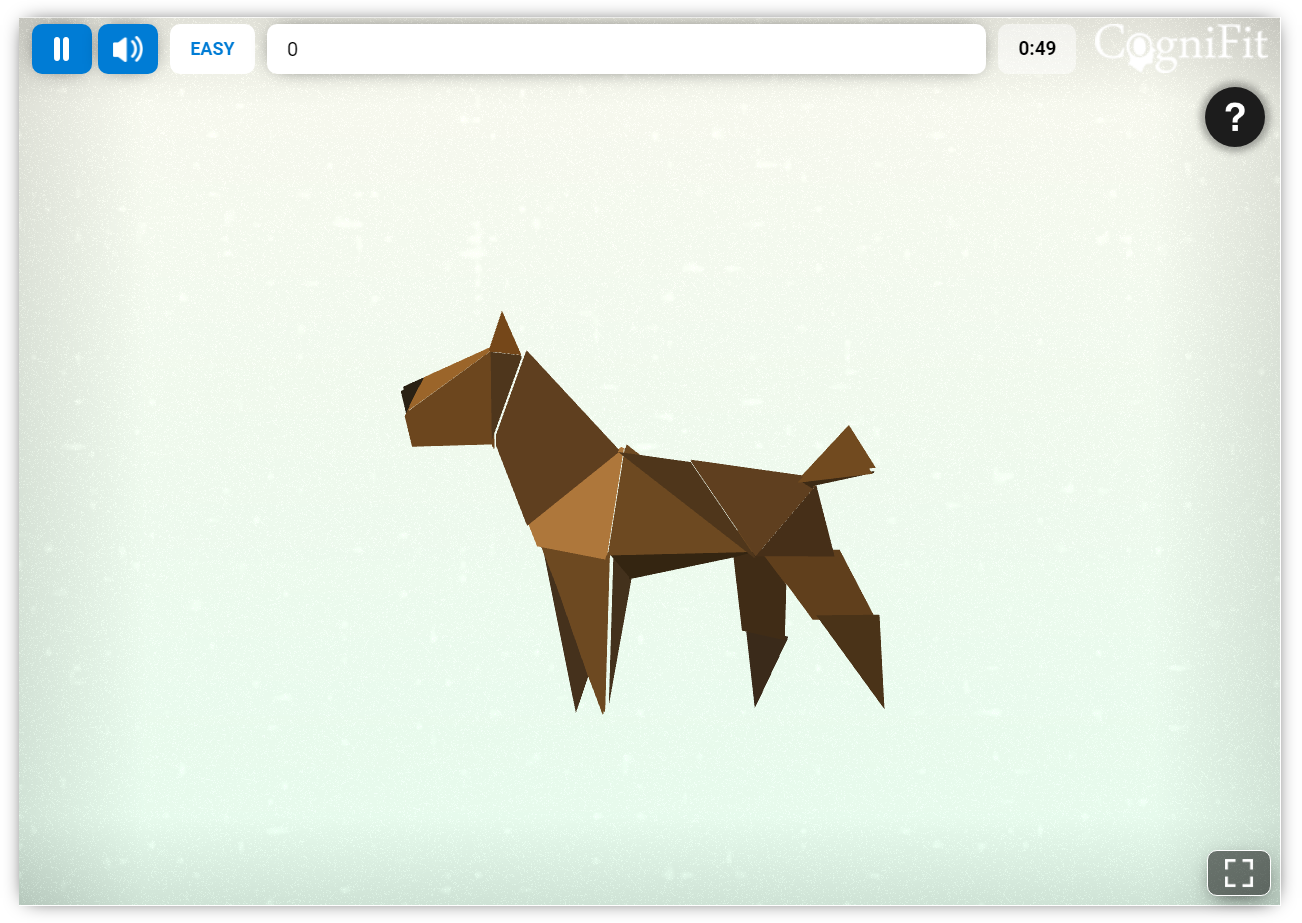


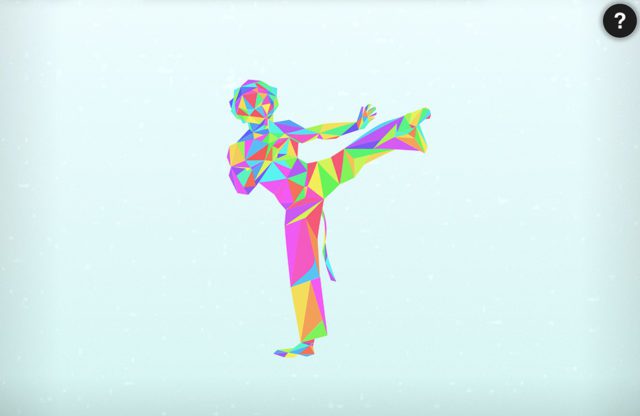
THE SCIENCE BEHIND OUR 3D PUZZLE GAME
This 3D puzzle game is a brain exercise that makes the user move an unfamiliar object in a 3D space. The goal is to help stimulate the cognitive abilities related to Visual Perception, Spatial Perception, and Working Memory.
Visual Perception

Visual Perception refers to our ability for our eyes to interpret the information that we receive from our surroundings. This ability to interpret information depends on our particular cognitive processes and prior knowledge. This information is then received by the brain. All of this allows us to see, understand, and react to our environment based on visual cues and stimulation.
Being able to read this text might seem like a simple process. We look at the letters and are able to make sense of the words. However, it’s actually an extremely complex process that uses a number of brain structures. Ones that specialize in visual perception and the different sub-components of vision:
- Photoreception: The light rays reach our eyes through the pupils and activate the receptor cells in the retina.
- Transmission and Basic Processing: The signals made by these cells are transmitted through the optic nerve toward the brain. It first goes through the optic chiasma. This is where the optic nerves cross. The information received from the right field of vision go to the left hemisphere, and vice versa. All of this is then relayed to the lateral geniculate nucleus of the thalamus.
- Understanding and Responding: Finally, the visual information that our eyes receive is sent to the visual cortex. This is located in the occipital lobe where the information is decoded by our brain. This instand dance of perception allowing us to understand the visual information and react to it.
Spatial Perception
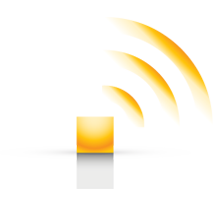
Spatial Perception is the ability to be aware of our relationship to both the environment around us. These are also called exteroceptive processes and with our interoceptive processes, respectively. I can sound very complex, right? Boiled down, it just means this: Spatial Perception is what allows us to understand our environment and where we are within it.
Spatial awareness is made up of two processes. The exteroceptive processes create representations about our space through feelings. The interoceptive processes create representations about our body, such as its position or orientation.
- Have you tried parking your car and wondered wondered “is that spot big enough for my car to fit?” Well, you were using the exteroceptive process to understand and evaluate your environment.
- Walking down the street or dashing up a few steps isn’t anything new to you. However, you were using the interoceptive process. This helped you understand the position of your feet and raise them at the correct moment.
- Everyone has smashed their little toe on something in their home. When this happens, you know what it’s like when your exteroceptive and interoceptive processes don’t work as well as they should.
Spatial Perception is what allows us to complete complex tasks. These can include activities like drawing, driving, or playing sports – all without going outside of the lines.
Working Memory
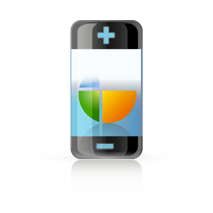
Working Memory is also called operative memory. It’s the set of processes that allow us to store and manipulate temporary information. This, in turn, lets us carry out complex cognitive tasks like language comprehension, reading, learning, or reasoning. Working memory is a type of short-term memory. Working memory allows us to retain the elements that we need in our brain while we carry out a certain task.
Are you ready to test your Perception and Memory skills and stimulate your cognitive abilities?
We hope you enjoy this cognitive stimulation brain game! We would also love to hear your thoughts on this or any of our other games on our social media channels. And don’t forget to keep an eye out for more exciting brain fitness games!












